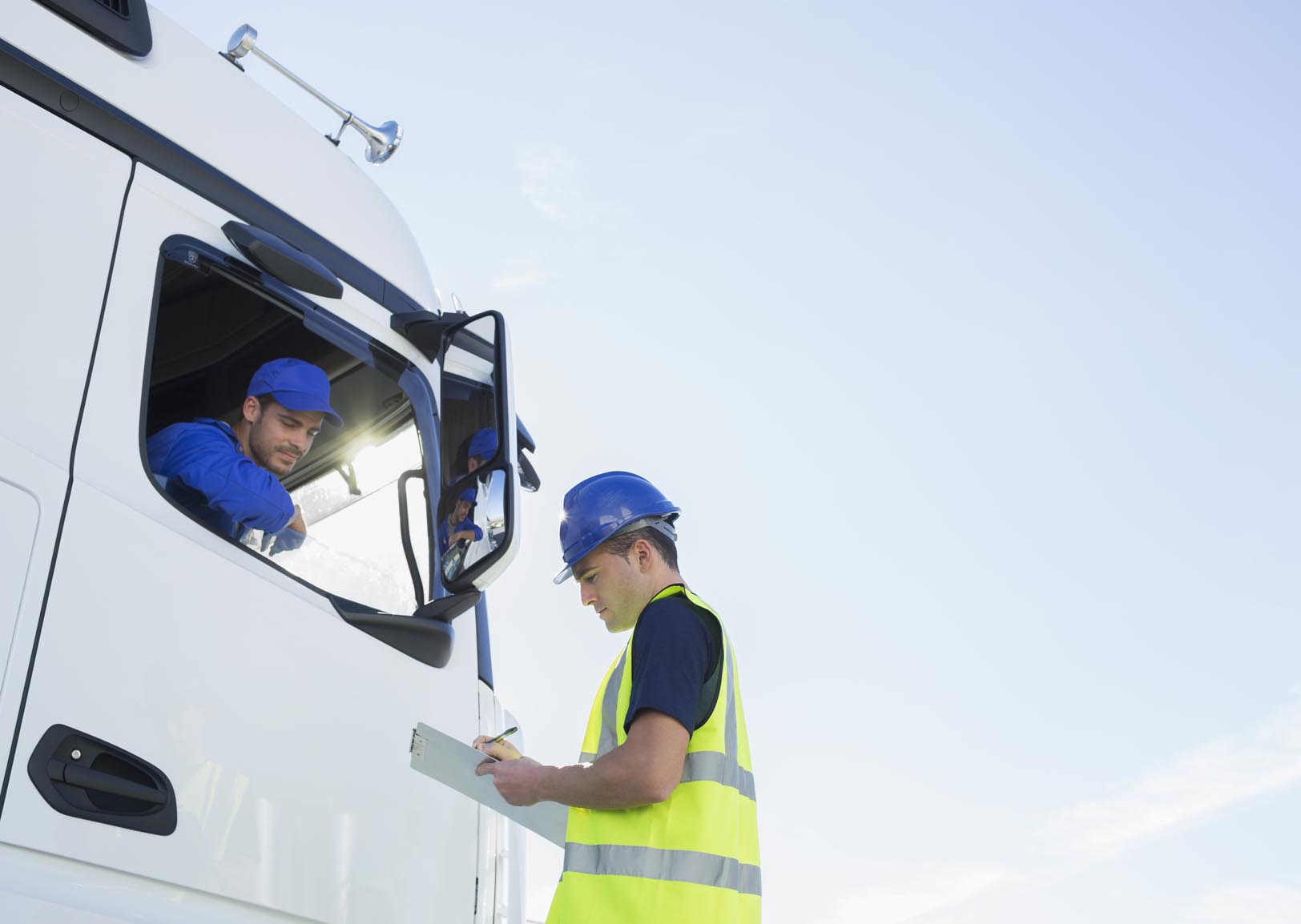We know all too well that heavy goods vehicles (HGVs) play a vital role in the global economy, transporting goods and materials around the world. However, we’re also aware that HGVs contribute significantly to air pollution and climate change.
In recent years, there has been a growing focus on sustainable HGV transportation. This is due to a number of factors, including the increasing demand for goods and services, the need to reduce emissions, and the growing awareness of the environmental impact of transportation.
There are a number of challenges and opportunities associated with sustainable HGV transportation. Some of the challenges include:
- The high cost of new technologies, such as electric and hydrogen-powered HGVs.
- The lack of infrastructure, such as charging stations and refueling stations.
- The need to change driver behavior, such as adopting more fuel-efficient driving practices.
However, there are also a number of opportunities associated with sustainable HGV transportation.
These include:
- The potential for cost savings, as the cost of new technologies comes down.
- The potential for increased efficiency, as new technologies can improve fuel economy.
- The potential for improved public health, as air pollution is reduced.
The transition to sustainable HGV transportation will require a combination of government policies, private sector investment, and public awareness. However, the potential benefits are significant, and the transition is already underway.
We’ve listed some potential challenges and opportunities below:
Challenge: The high cost of new technologies is a major barrier to the adoption of sustainable HGVs. Electric and hydrogen-powered HGVs are still relatively expensive, and the infrastructure to support them is not yet widespread.
Opportunity: As the cost of new technologies comes down, they will become more affordable. In addition, governments can provide incentives to help offset the cost of new vehicles and infrastructure.
Challenge: The lack of infrastructure is another major barrier to the adoption of sustainable HGVs. There are not enough charging stations and refuelling stations available, and the ones that do exist are often located in inconvenient locations.
Opportunity: Governments can help to address the lack of infrastructure by investing in the development of new charging stations and refuelling stations. They can also work with businesses to make it easier for drivers to access these facilities.
Challenge: Drivers need to change their behaviour in order to reduce fuel consumption. This means driving more efficiently and avoiding unnecessary idling.
Opportunity: Governments can educate drivers about fuel-efficient driving practices and provide incentives to encourage them to change their behaviour. Businesses can also play a role by providing training and support to their drivers.
The transition to sustainable HGV transportation is a complex challenge, but it is one that is essential to address. The potential benefits are significant, and the opportunities are there to be seized, we’ll be up to date with the industry news and ready to adapt quickly.



Leave a Reply
You must be logged in to post a comment.